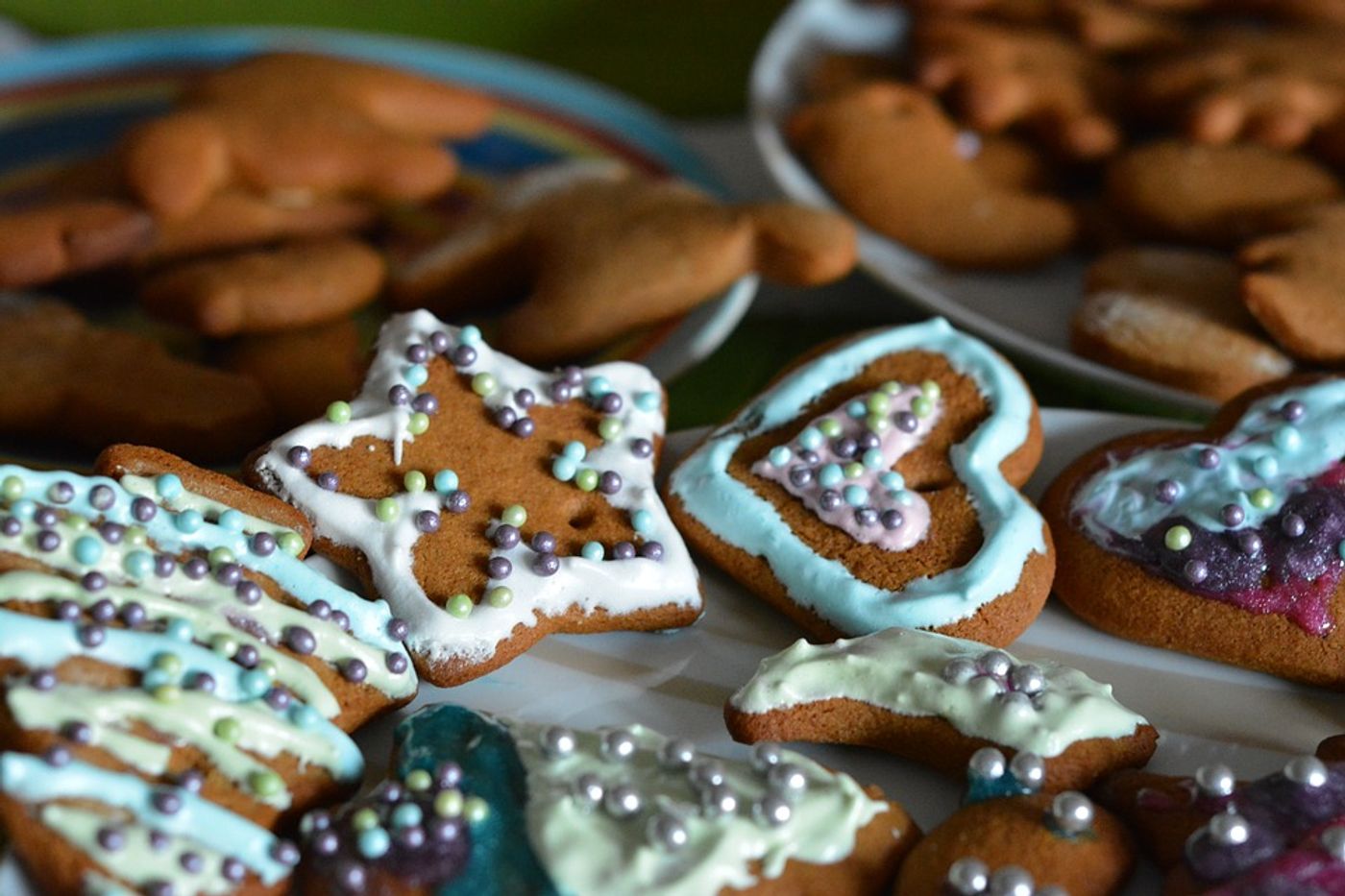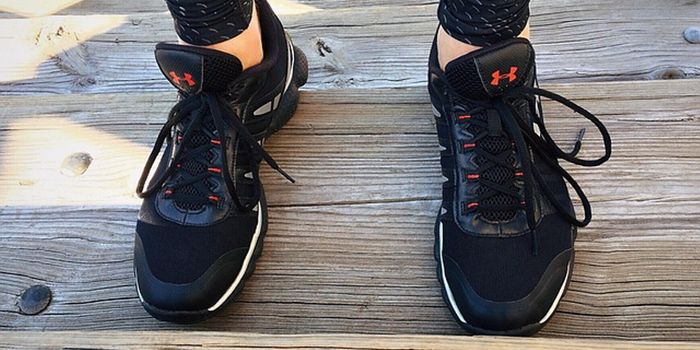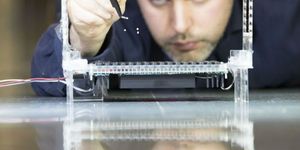Heart Attack Risk Highest On Christmas Eve
This year researchers used the Swedish Web System for Enhancement and Development of Evidence-Based Care in Heart Disease Evaluated According to Recommended Therapies (SWEDEHEART) registry to identify and analyze heart attacks that occurred in Sweden between 1990 and 2013.
In Sweden, all patients who have come into a coronary care unit with symptoms of acute coronary syndrome are enrolled in the SWEDEHEART registry.
The registry collects a breadth of information about patients and their diagnoses. Information collected includes age, body mass index (BMI), and smoking status. Also, heart clinics collect data on any examination findings, interventions, or complications the patient may have experienced during treatment. Information on the timing of symptom onset is recorded down to the nearest minute for 88% of patients. These records help researchers to define and study the times of interest referred to in the analysis.
In addition to studying the likelihood of having a heart attack during Christmas time, researchers also looked at myocardial infarction (MI) rates from other stressful social events. These events included New Year’s, Easter and mid-summer holiday. They also reviewed data from large sporting events like the FIFA World Cup, and the winter and summer Olympic Games.

It’s important to note that in Sweden, where the study was conducted, Christmas Eve is a time for large celebrations with entire families. In other cultures, this may be on Christmas Eve or Christmas day which may cause similar studies in different cultures to have varying results. Interestingly, heart attacks seem to peak on Christmas Eve around 10 PM. In all, the risk is 37% higher the night before Christmas than during the control period.
Risk during other times of interest in the study revealed a 20% higher chance of myocardial infarction during New Year’s. It is believed the alcohol, exposure to cold, and smoking play some part in that increase. Despite those assumptions, myocardial infarction saw no increased risk during sporting events, which are known to sell large volumes of alcohol. The non-holidays that carried the highest risk was Monday.
The people at the most significant risk identified by the study where those over 75, those with known diabetes, and those with a history of coronary artery disease (CAD.)
It is the goal of researchers to identify what causes the higher rates of MI the day before Christmas. If we can understand what causes the increase, we can develop management strategies to save lives.
One of the significant limitations to the SWEDEHEART study is that it was not observational. This means that a direct cause of symptoms cannot be determined. Despite its shortcomings, the study adds epidemiological evaluation to 16 years of clinical heart data. It also supports previous studies which saw no increase in MIs during sporting events.
Source: British Medical Journal











